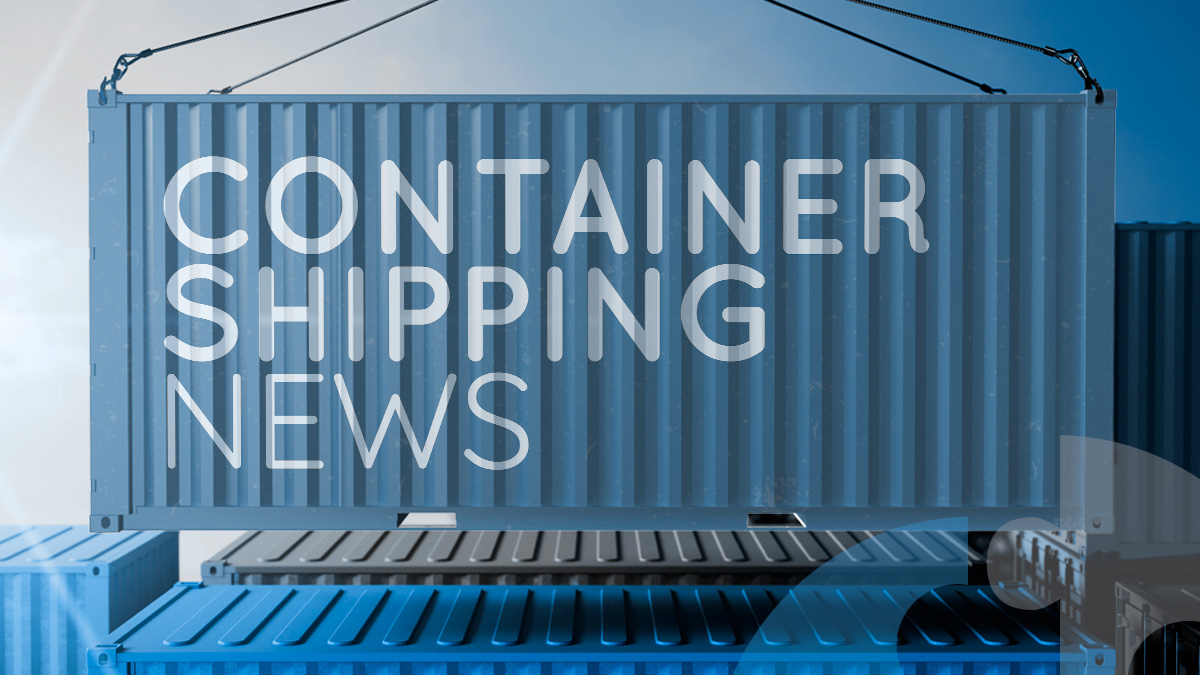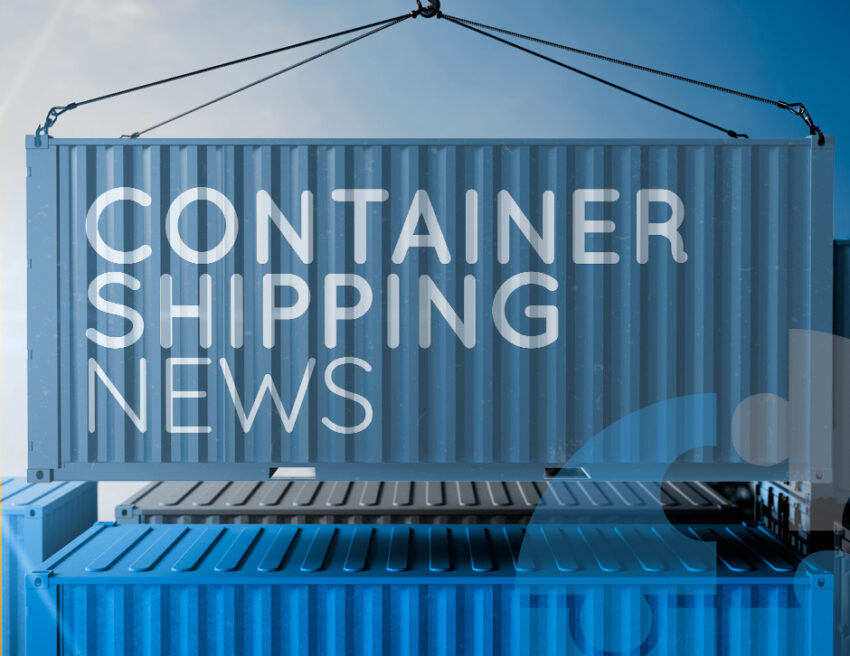As we are approaching the end of the first quarter of 2024, now is an opportune time to delve into the latest developments within the container shipping industry, which significantly impact the global supply chain. This article serves as a comprehensive overview, offering insight into major logistics news shaping the freight forwarding industry landscape worldwide. Through examining these updates, independent freight forwarders can gain a nuanced understanding of the evolving dynamics within the international trade infrastructure.

Container Shipping Industry News to Watch out for
-
Baltimore Port Prepares Temporary Channel Around Collapsed Key Bridge Wreckage for Essential Vessels
A temporary alternate channel is under construction to facilitate the passage of commercially vital vessels around the wreckage of the collapsed Francis Scott Key Bridge. This channel will have a depth of 11 feet, with horizontal clearance of 264 feet and vertical clearance of 96 feet. However, the port will still remain inaccessible to larger commercial vessels due to this depth limitation. Captain David O’Connell, Federal On-Scene Coordinator for Key Bridge Response 2024, emphasized the significance of this initiative, stating, ‘This marks a crucial first step towards reopening the port of Baltimore. By establishing this alternate route, we aim to maintain the uninterrupted flow of marine traffic into Baltimore.’ Meanwhile, the existing safety zone spanning 2,000 yards around the Francis Scott Key Bridge remains in force.”
-
Expansion of Green Shipping Corridor Initiatives Gains Momentum
After member states convened at the International Maritime Organization’s (IMO) London headquarters to bolster green objectives for container shipping industry, the proliferation of ‘green corridors’ worldwide has skyrocketed. Originating from Glasgow’s COP26 summit in 2021, where 19 nations pioneered the establishment of zero-emission ocean shipping corridors via the Clydebank Declaration, these initiatives have gained traction. Recent data from DNV, a classification society, indicates a doubling of green shipping corridor initiatives last year. As of February this year, the count has reached 57, with cities like Los Angeles, Singapore, Antwerp, Rotterdam, along with regions such as the Baltic Sea and southern Japan, demonstrating robust commitment to fostering dedicated green fuel shipping channels.
-
ONE Unveils Ambitious $25bn Strategy for Sustainable Shipping Growth
ONE has announced a comprehensive strategy for 2030, outlining a dual investment approach towards sustainable shipping. This strategy aims to bolster the “value chain” surrounding shipping operations, encompassing terminal and inland services, alongside a digital transformation. The planned investment of $25 billion is slated to augment ONE’s operational capacity by over 66% by the end of the decade, equating to approximately 200,000 TEU annually. Presently, ONE has 41 vessels on order, boasting a combined capacity of 520,000 TEU. However, according to Alphaliner, even if this figure represents fleet growth rather than replacement, there remains significant room for expansion, with a target of reaching 3 million TEU. Achieving this goal necessitates an ambitious annual fleet growth of around 10% until 2030.
-
The Closure of Baltimore Port to Impact Coal and Car Container Trades
The recent vessel collision at Baltimore’s Francis Scott Key Bridge has resulted in the indefinite closure of the Port of Baltimore which plays a pivotal role in the supply chains of the Northeastern United States. President Joe Biden, addressing the nation via televised broadcast, pledged Federal support for the reconstruction of a new bridge on the eastern side of the Beltway encircling the city. However, this is anticipated to be a lengthy endeavor. The closure of the Baltimore port will significantly impact various sectors, including coal, car, and container trades. Baltimore is the leading U.S. hub for automotive transportation, with 2023 witnessing the movement of 389,000 finished automobiles, the majority of which were imports. When considering roll-on/roll-off (ro-ro) cargo, this figure more than doubles. Dundalk Marine Terminal, a prominent feature of the port, boasts an extensive 300 acres dedicated to handling automobiles and other ro-ro cargo, highlighting the scale of disruption caused by the closure.
-
COSCO Shipping Lines Expands Reach with Direct Route from North America East Coast to South America West Coast
COSCO Shipping Lines, the container shipping arm of COSCO Shipping Group, has launched its maiden direct route linking the North America East Coast to the West Coast of South America. This new service establishes a direct link between Chile, Peru, Ecuador, Colombia, and the East Coast of North America, enhancing COSCO Shipping Lines’ regional service network. Supported by its global digital supply chain service, this initiative aims to optimize connectivity and efficiency across the Americas. Described as a breakthrough achievement in the Americas, COSCO Shipping Lines emphasizes that this direct service offers enhanced options for clients in both established and emerging markets.
-
Taiwan International Port Corporation to Enhance Competitiveness of Kaohsiung Port with NT$4.47 Billion Investment
Taiwan International Port Corporation (TIPC) has announced plans to upgrade the container terminals at the port of Kaohsiung, aiming to bolster its competitiveness in the global market. With an investment of NT$4.47 billion ($139.8 million), TIPC will undertake infrastructure enhancements at the third and fifth container terminals of Kaohsiung port. The upgrades will entail deepening the draught and installing new gantry crane tracks, as well as implementing new dockside handling equipment at the terminals. These improvements are designed to significantly increase the terminals’ handling capacity and operational efficiencies, enabling them to accommodate the world’s largest container ships. In alignment with TIPC’s commitment to sustainable practices, the upgrades will also include the installation of new onshore power and water supply systems. These initiatives aim to align TIPC ports with international zero-carbon ideals and contribute to ongoing green-port commitments in the container shipping industry.


